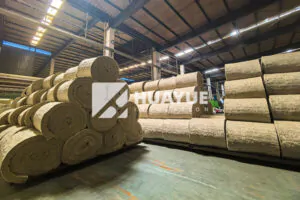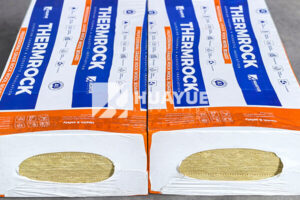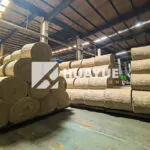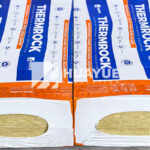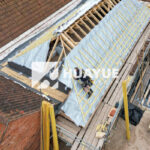Best Rock wool for Sound Insulation: What Should You Choose?
Rockwool promises to transform noisy rooms into peaceful spaces. Many options exist, but picking the right product can feel overwhelming.
Rock wool is one of the most effective insulation materials for soundproofing, thanks to its dense/open fiber structure. Select the proper thickness and installation method to maximize results.
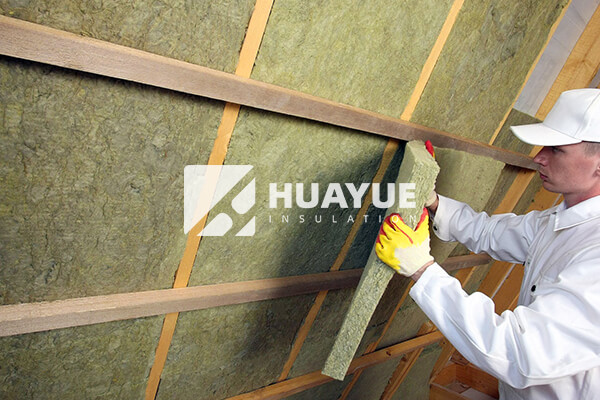
Noise can ruin the calm I expect from my home or workplace. I used to struggle with loud footsteps, voices, and music. Choosing the right rock wool was a turning point. Stick with me as I explain exactly what rock wool is, how thick it should be, and how I learned to install it for quieter living.
What is Rock wool?
Rock wool is spun from natural stone and recycled materials. It’s dense, fibrous, and able to trap both heat and sound. Does that make it good for noise control?
Rock wool is made by melting basalt rock, then spinning it into fibers. It absorbs sound waves and reduces echoes, so it’s popular for walls, ceilings, and floors.
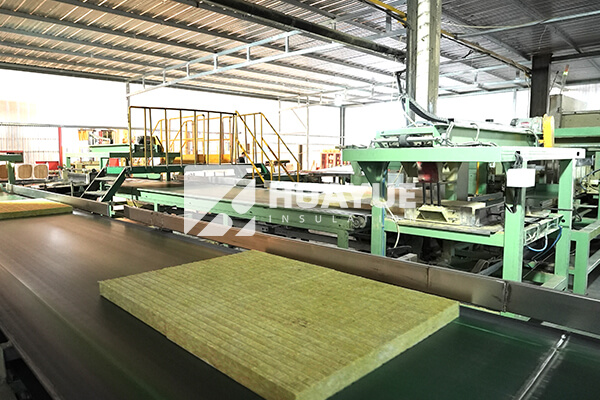
When I first heard about rock wool, I wondered why it works so well. The secret is its dense structure. Unlike regular fiberglass or foam, rock wool blocks sound because of all the air pockets within its fibers. Those pockets prevent sound from passing through. Here’s a quick comparison:
| Material | Structure | Sound Absorption | Fire Resistance | Moisture Resistance |
|---|---|---|---|---|
| Rock wool | Dense, open fibers | Excellent | Yes | Good |
| Fiberglass | Loose fibers | Good | Moderate | Poor |
| Rubber foam | Closed cells | Okay | Moderate | Excellent |
Whenever I build or renovate, I choose rock wool for tough jobs. It’s not just fire safe; it resists rot and pests. The structure makes even thin panels effective for noise.
How thick should Rock wool be for soundproofing?
Thickness is critical. Too thin, and the sound slips through. How thick should you go for real sound control?
Rock wool for walls should be at least 50mm to 100mm thick for good soundproofing. Ceilings usually need 100mm. Thicker panels stop lower-frequency sounds better.

When I started, I tried thin stock to save money. The results were disappointing. Normal voices and footsteps still got through. After switching to 100mm panels, the difference was huge. Rooms became much quieter, even with loud activities in neighboring spaces.
Here’s a table showing recommended thickness for different rooms:
| Application | Minimum Thickness | Best for |
|---|---|---|
| Residential Walls | 50mm | Everyday noise |
| Media Rooms | 100mm | Music, movies |
| Ceilings | 100mm | Impact sounds |
| Studio Rooms | 100mm+ | Professional audio |
| Floors | 50-100mm | Footsteps, voices |
Over time, I found thicker is often better, especially for music rooms. Don’t skimp if you want real sound control.
Is Rock wool any good for soundproofing?
Some people doubt if rock wool really works. I’ve tested most alternatives. How does rock wool perform?
Rock wool has a Noise Reduction Coefficient (NRC) of up to 1.0, which means it absorbs almost all sound. It’s trusted by professionals for studios and commercial buildings.
I tried regular foam panels at first but found they only helped a little. When I replaced them with rock wool, echoes dropped almost instantly. The material absorbs sound at different pitches. It reduces both sharp noises and deep booms. My home studio went from echoing to “dead quiet.” No other standard insulation blocked as much noise, especially airborne sounds like speech or music.
Here are typical NRC values for materials:
| Material | NRC Range |
|---|---|
| Rock wool | 0.75–1.00 |
| Fiberglass | 0.60–0.85 |
| Foam glass | 0.45–0.55 |
| Rubber foam | 0.20–0.35 |
Rock wool is also fire resistant and won’t settle or sag over time. My advice: trust it if you want real results.
How to Soundproof with Rockwool?
Knowing what works best is just the first step. How exactly do you put rock wool to work for soundproofing?
Install rock wool panels tightly in wall cavities, ceilings, or floors. Leave no gaps. Use acoustic membranes or drywall for better results. Seal edges with caulk for full coverage.
When I tackled my own sound issues, I followed a simple method. First, I measured cavity depth. If walls were thin, I chose the thickest rock wool that would fit. I cut the panels slightly oversize so they fit snug and didn’t slide. With ceilings, I always used support wires. Then, I finished with acoustic drywall, taping all seams. At the end, I sealed every crack with acoustic caulk. This setup gave my rooms the best possible insulation.
For larger projects, I add soundproof doors and windows. Here’s a basic step-by-step process:
Step-by-Step Soundproofing
- Measure cavity depth.
- Choose rock wool panel thickness.
- Cut panels to size.
- Fit snugly into cavities/walls.
- Cover with acoustic or standard drywall.
- Seal all edges and junctures.
I recommend not rushing. Time spent sealing gaps pays off in quiet later. My biggest tip: keep everything tight and don’t leave empty spaces.
Conclusion
Rock wool delivers powerful sound insulation when properly chosen and installed. Pick the right thickness, fit panels tightly, and enjoy quieter spaces.
You may also be interested in:
Ready to Get Started?
Get in touch with our experts for personalized solutions tailored to your needs.
Get Free QuoteLatest Articles
Let's Work Together
Ready to take your business to the next level? Get in touch with our team of experts and let's discuss how we can help you achieve your goals.
Get Free Solutions
